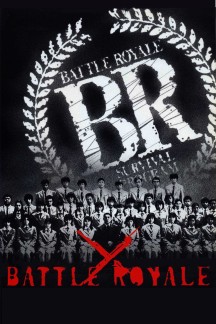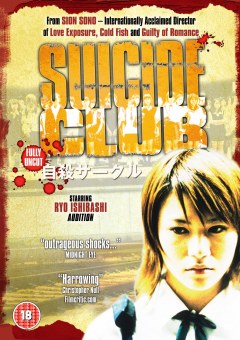No film poster today as my laptop is playing up 😦
Audition opens with the death of Shigeharu Aoyama’s wife leaving him to care for their only son, Shigehiko. Seven years later and Shigehiko is your typical teenager who suggests (or rather bluntly tells his father) that he should find a new wife. His son’s suggestion gets into Shigeharu’s head and with the help of his friend, Yasuhisa he sets out on the hunt for a new wife. Yasuhisa is a film producer and helps shy Shigeharu put on a series of auditions for a fake film in order to meet women. Out of all the women that apply Shigeharu is drawn to Asami Yamazaki, played by Eihi Shiina (Helldriver).
Things seem to be going well for the pair but Yasuhisa becomes suspicious when he cannot get in contact with any of the referees on Asami’s resume. He confides his feelings to Shigeharu but with no hard evidence they fall on deaf ears with the blossoming romance proceeding at an ever increasing speed.
Audition has a very clear beginning, middle and end structure. It spends a lot of time setting the scene and letting the audience get to know Shigeharu. Ryo Ishibashi (Suicide Club, The Grudge) does a great job portraying the lonely widower Shigeharu and his search for companionship. The first half of the film feels more like a romantic drama than a horror film complete with floating musical score. It is only after they spend a night together and Asami disappears that things get steadily darker.
I have watched Audition a couple of times and I still have to look away at the end. Director Takashi Miike (Ichi The Killer) is unrelentless in the graphic realistic nature of what Asami inflicts on Shigeharu. Although brutal, the violence fits completely in with the plot of the film and doesn’t feel gratuitous. It is a very compelling watch that I would recommend to anyone who can stomach it.
Rating: 5/5


